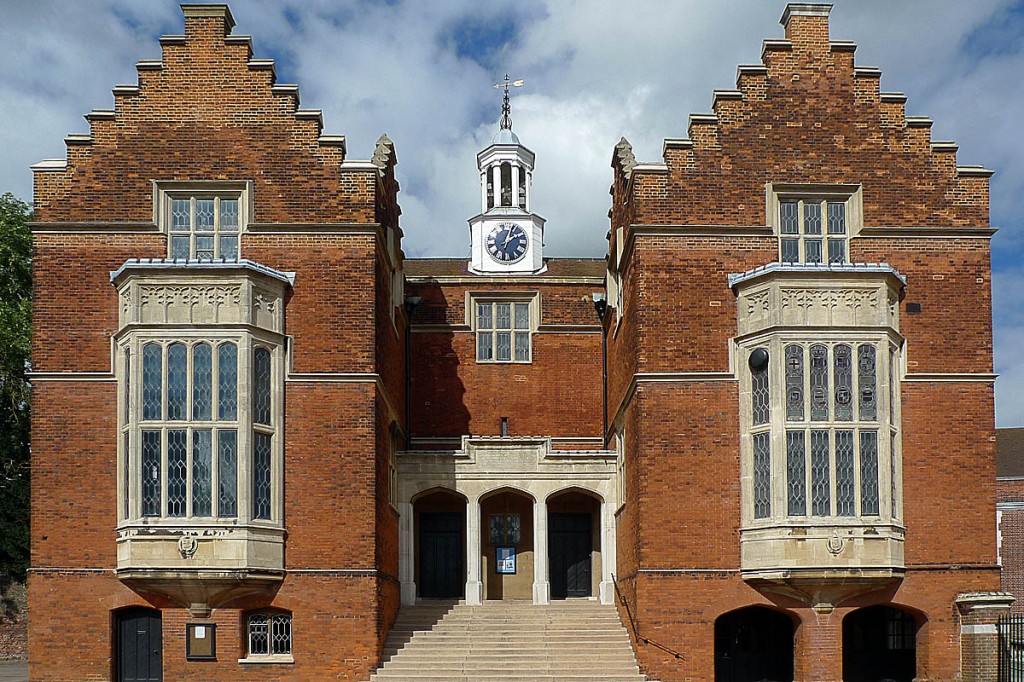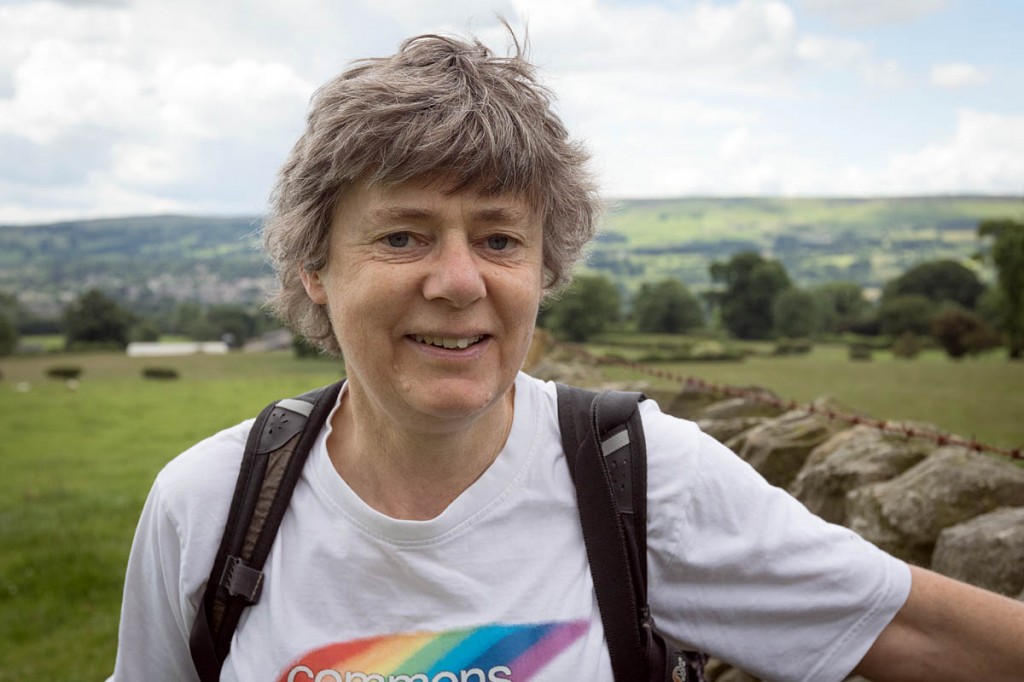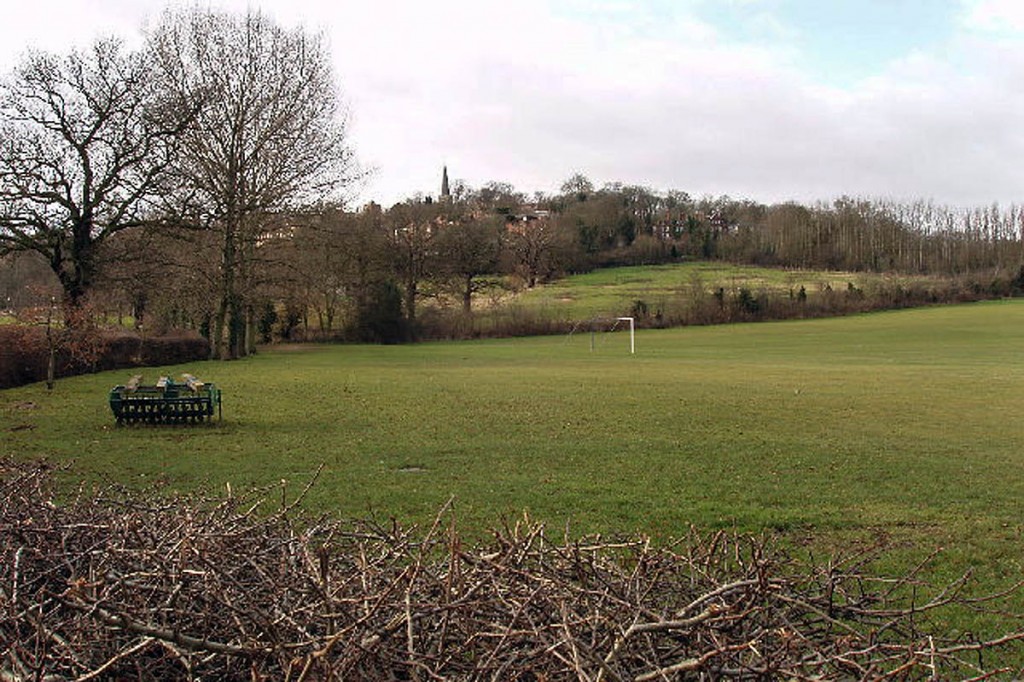Footpath campaigners are claiming victory in a 14-year access battle with a top public school.
A government planning inspector ruled against Harrow School, which wanted to divert two public rights of way that cross its playing fields.
At a six-day public inquiry, inspector Alison Lea turned down the fee-paying school’s proposals to move the paths on its 300-acre grounds in north-west London.
Campaigners said the paths have been used for centuries and the diversions would have created inferior routes to the existing rights of way.
The Open Spaces Society, which joined the Ramblers and the Harrow Hill Trust in fighting the school’s plans said Harrow School obstructed the footpath with tennis courts surrounded by fencing in 2003. For nine years, the school even padlocked the gates across another section of the path but reopened them following pressure from the objectors, it said.
The objectors argued that Harrow Council should make the school reopen the path, as required by law, but instead the local authority agreed with the school to move the path around the obstructions.
The school applied to move a second path to a zigzag route to avoid the current layout of its sports pitches.
Kate Ashbrook of the Open Spaces Society and Ramblers, MP Gareth Thomas, Harrow councillor Sue Anderson, Paul Catherall of the Harrow Hill Trust, Brent councillor Keith Perrin, and local residents Gaynor Lloyd, Christopher Eley, John Parker and Margaret Roake all appeared as objectors at the inquiry. Others submitted written objections.
At the public inquiry, the school was represented by a QC assisted by a junior barrister; the council was also legally represented, but the objectors represented themselves.
Ms Lea refused the proposals principally because of the impact of the changes on public enjoyment, in particular the loss of views which the Harrow West MP Gareth Thomas called ‘spectacular’ in his evidence to the inquiry. The paths provide direct walking routes to Harrow on the Hill with its notable church spire, whereas the views from the diverted routes were, the inspector said, ‘unexceptional’.
She also considered the school had exaggerated the benefits of the proposed diversions.
Kate Ashbrook, general secretary of the Open Spaces Society and footpath secretary of the Ramblers Buckinghamshire, Milton Keynes and West Middlesex area, said: “It has taken local people 14 years of strenuous campaigning against the might of Harrow School to save these footpaths, with their splendid views and sense of purpose.
“Now we shall press the council again to ensure that Harrow School reopens the blocked footpath. We shall be fortified by the inspector’s decision; the council can no longer avoid taking action to resolve this mess.”
Sisters Margaret and Dorothy Roake added: “As residents of almost 80 years’ standing we can testify that the footpaths pre-date much of the local built environment. They have been actively used by local people to reach St Mary’s church or the many hostelries and other interesting buildings that make up the village on the hill.
“It is natural to set one’s eye on a destination and walk straight towards it. The proposed diversions are inconvenient and considerably longer.”
Harrow School said it was disappointed with the decision but would work with the council and local residents on the inspector’s findings.
Harrow School is an all-boys independent school, established in 1572, that charges up to £12,450 a term. Its alumni include Winston Churchill, actor Benedict Cumberbatch, singer James Blunt, former horse-racing pundit John McCririck and politician John Profumo.


